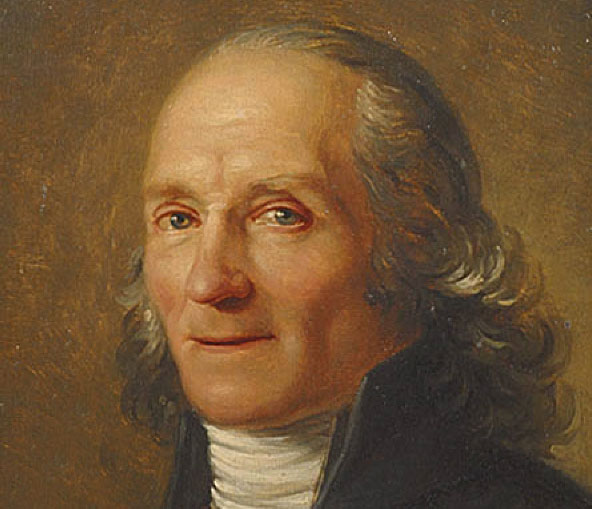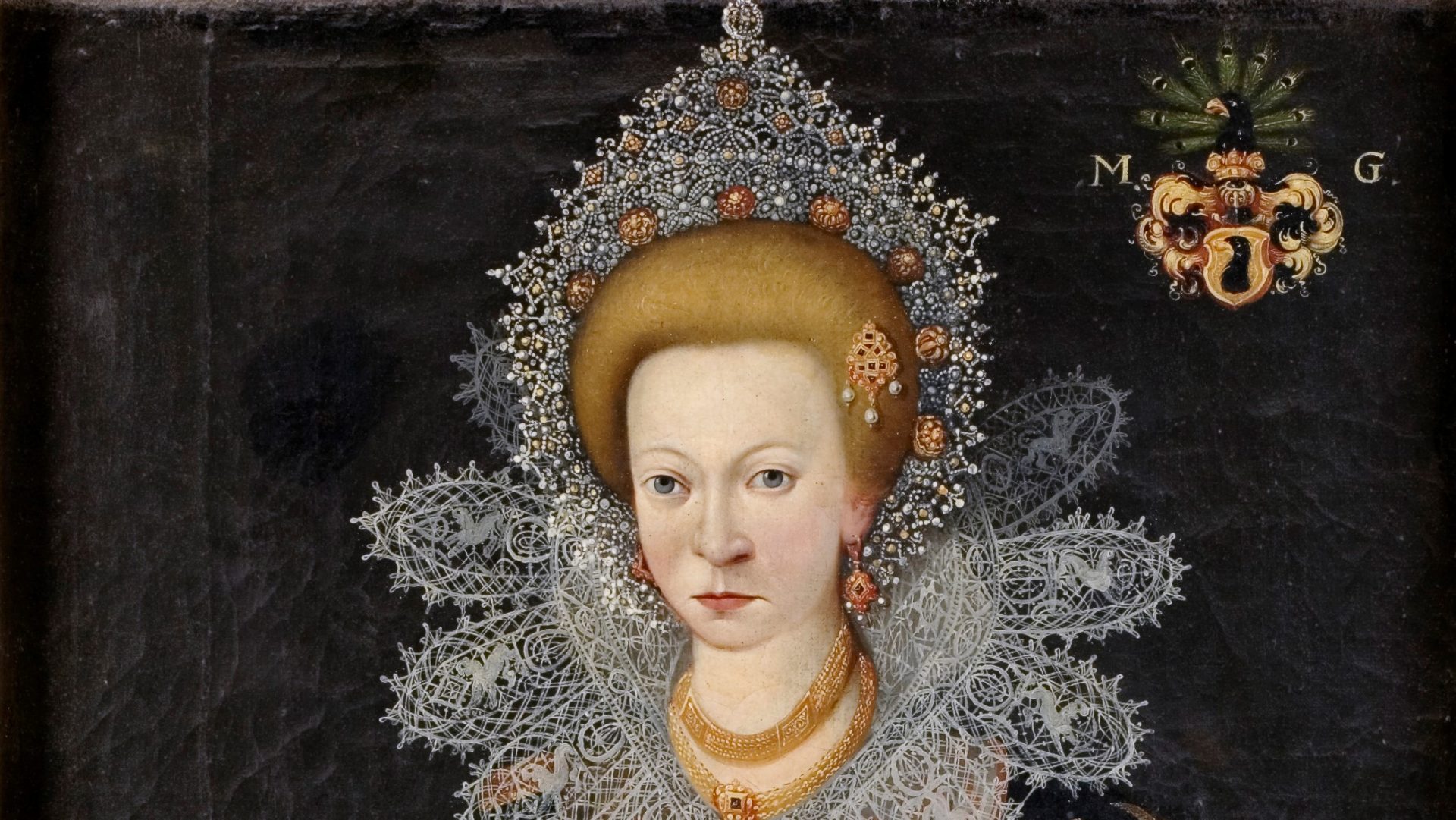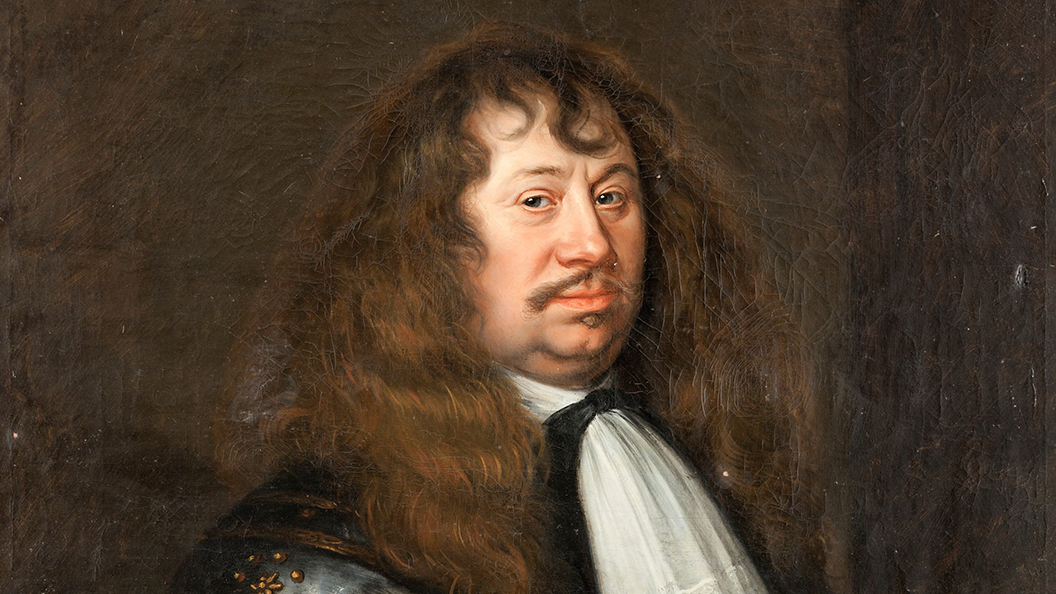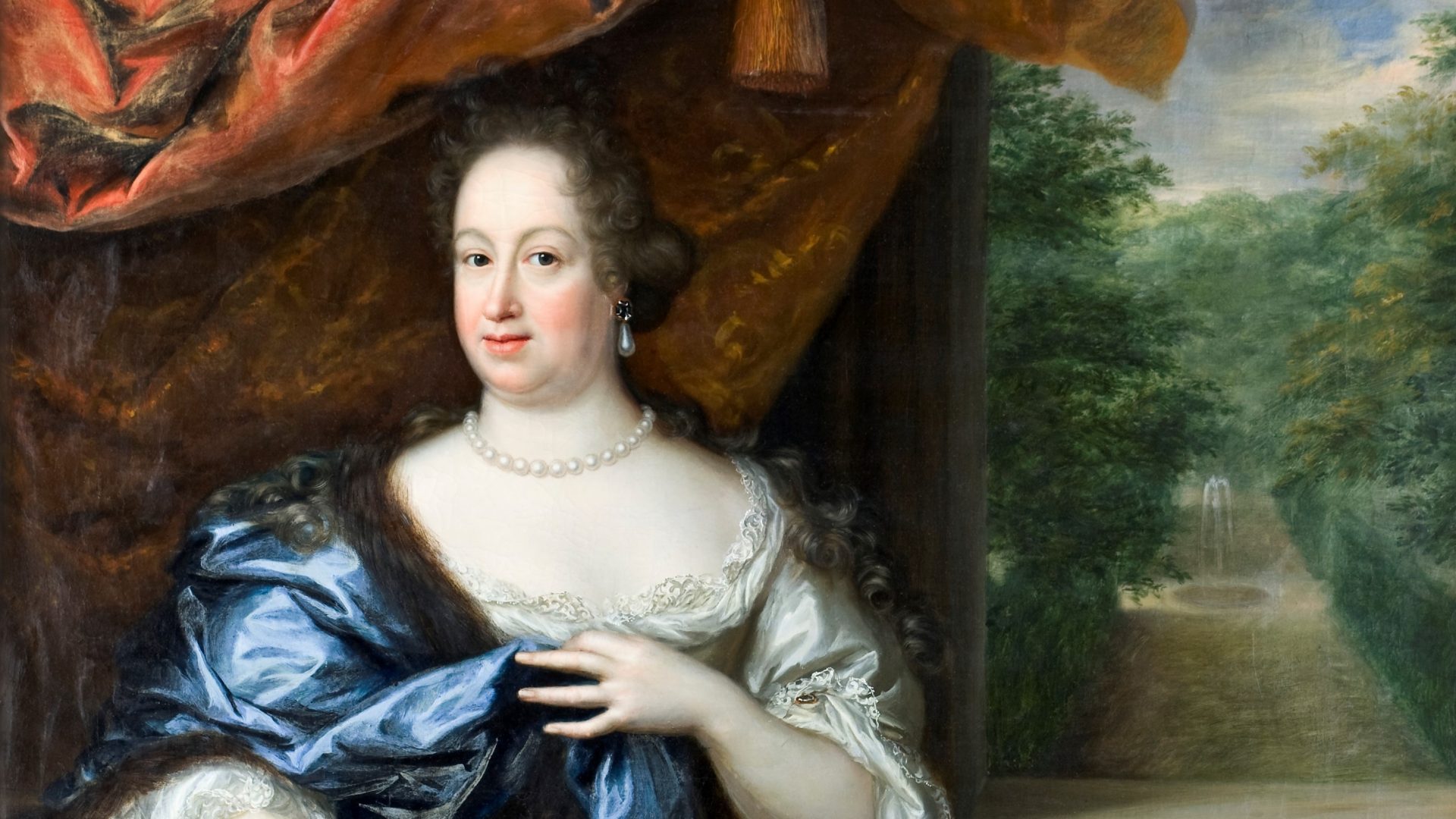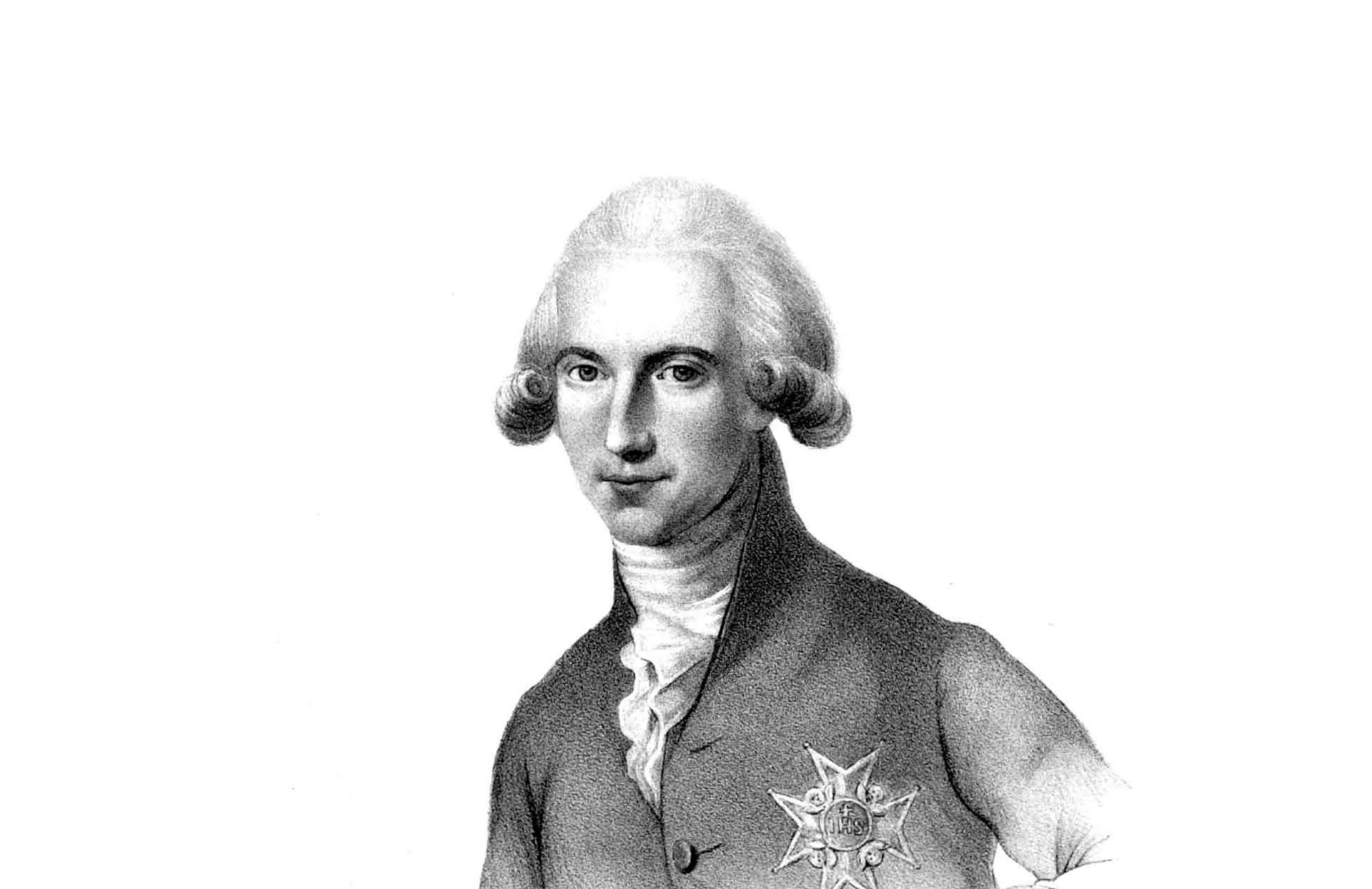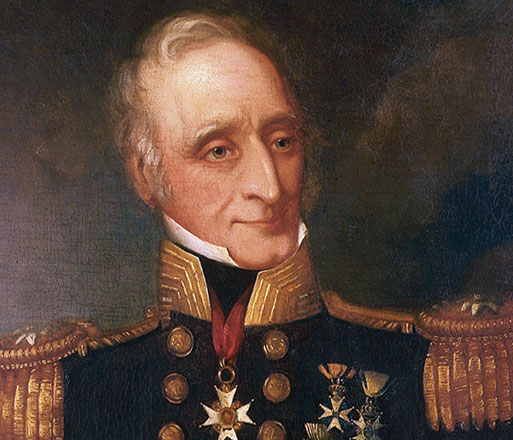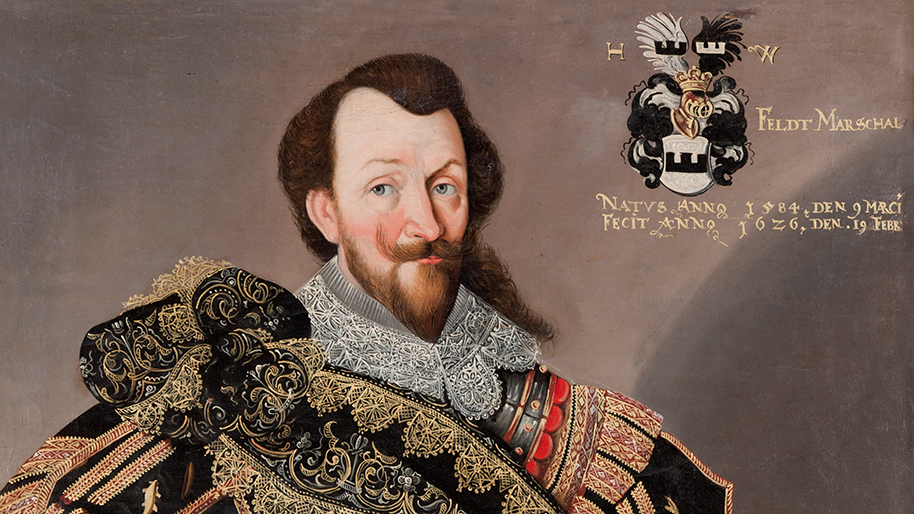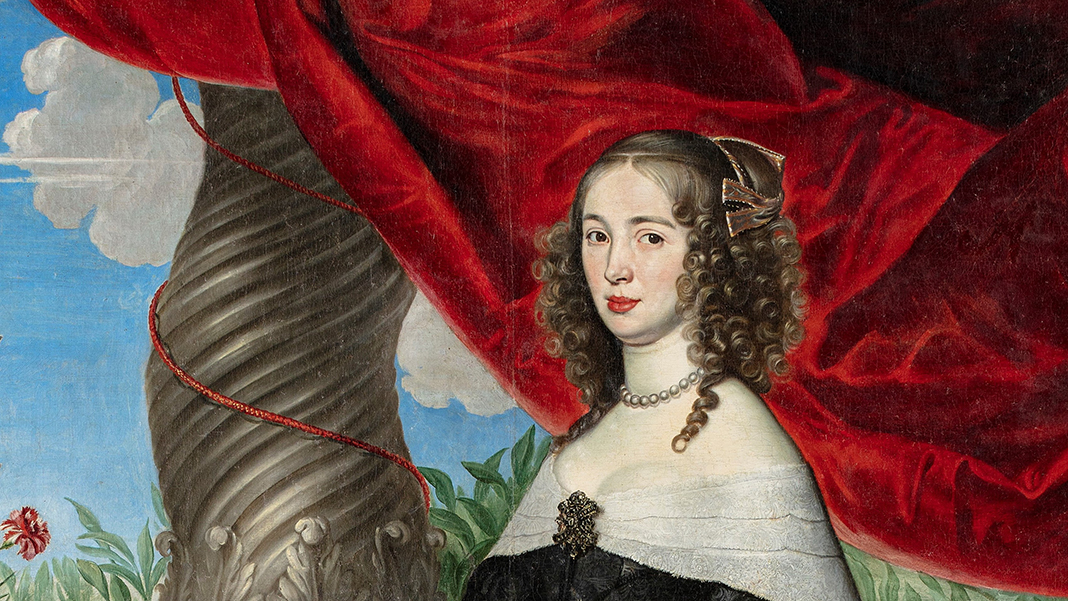
The First Lady of the Castle
Anna Margareta von Haugwitz
Anna Margareta’s parents were Sophia von Weltheim and Baltzer von Haugwitz. Anna Margareta was born on 18 January 1622 in the city of Calbe an der Saale in the diocese of Magdeburg. She became an orphan at the age of eight. Previously, her parents had placed much of their property in the city of Magdeburg for safety. But the city was plundered and ravaged in 1631 by troops under Field Marshall Tilly.
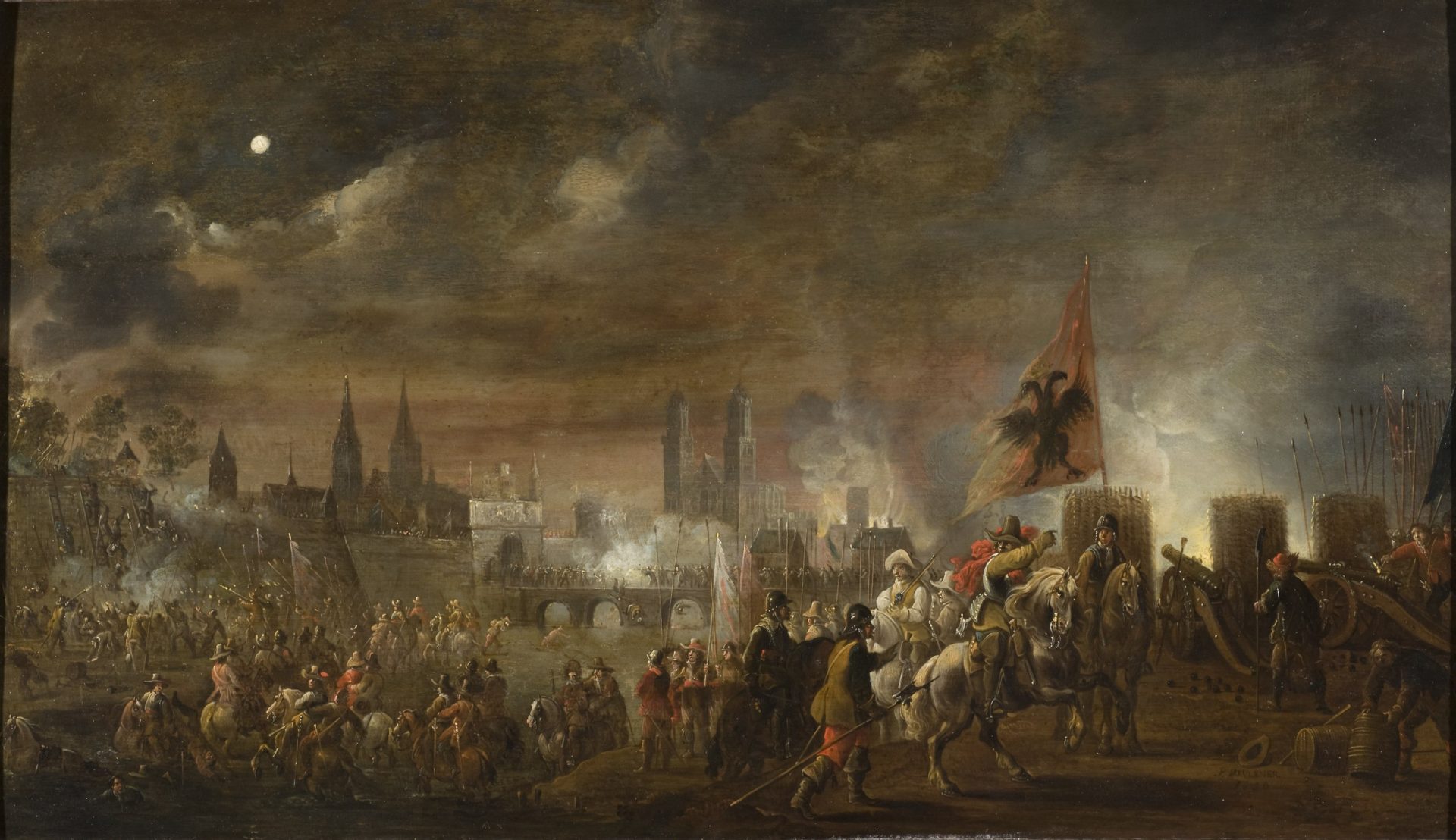
The relatives who survived could not or would not take care of her. She was therefore given into the nuns’ care at the Cistercian convent of Marienstuhl in the city of Egeln. After a time, an acquaintance of her relatives, Elisabeth Juliana von Erbach Löwenstein, took over her care. Countess Löwenstein was part of the circle of the Swedish General Johan Banér. For young Anna Margareta, this was an advantage. Among Banér’s officers was Anna Margareta’s future husband: Carl Gustaf Wrangel.
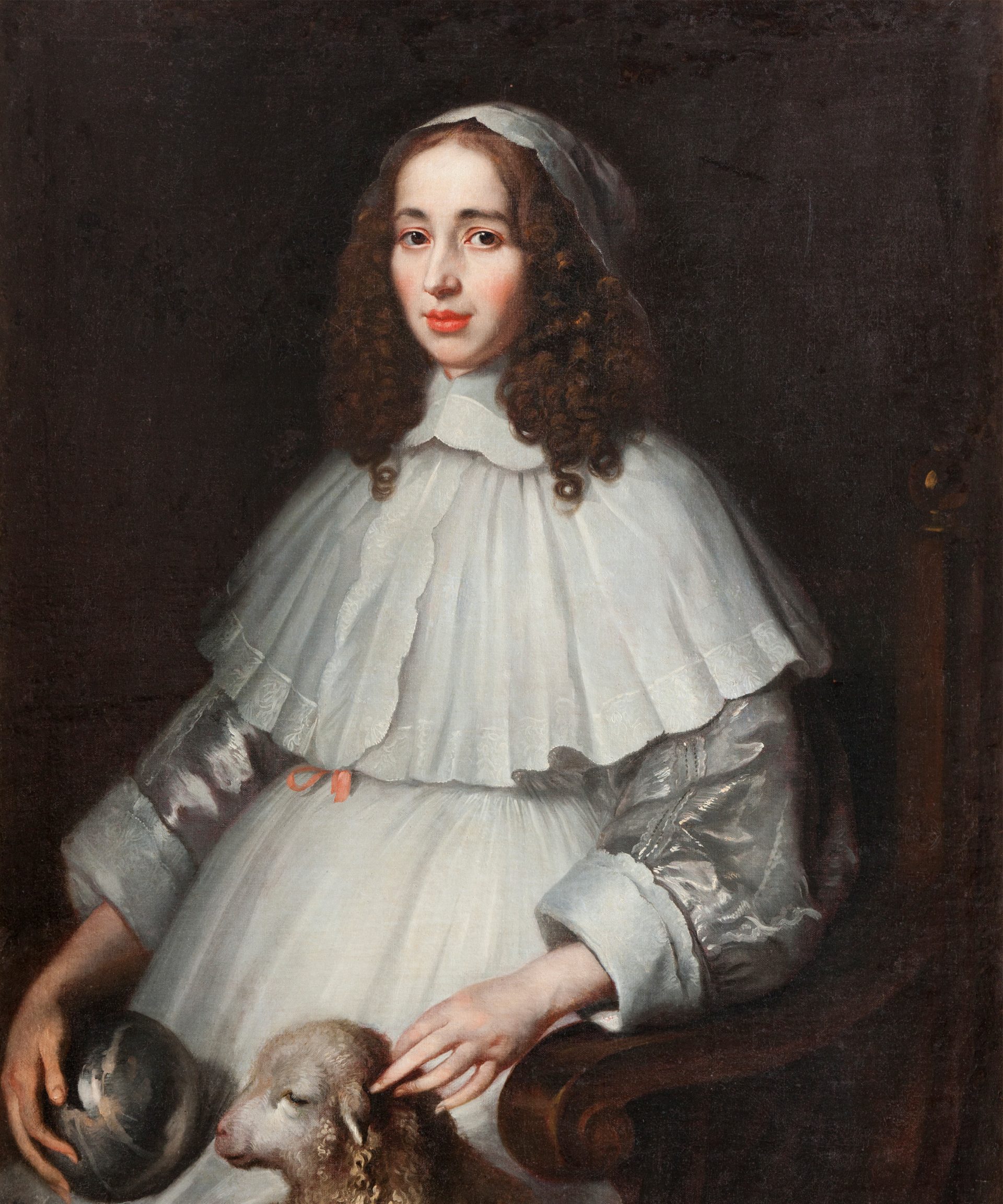
In May 1640, Countess Löwenstein died. That her foster mother was gone may have been one of the reasons why she quickly married the 27 year old Major General Carl Gustaf Wrangel. The wedding took place in the field camp at Saalfeld in Thüringen. The war continued to be part of Anna Margareta’s life.
Anna Margareta’s husband successfully advanced through the military hierarchy and gained titles, offices and property. She followed him during the campaigns, including during the war with Denmark in the 1650s. This is shown by notes of the birthplaces of the couple’s children in the Wrangel family bible.
The godparents are also named. This gives an impression of their network and the position and status that was achieved. Among the godparents, we find Count Palatine Karl Gustav (later Karl X Gustav), princes, field marshals, privy councillors and men and women from the aristocracy. For example, Queen Kristina held their daughter Christina at the christening in 1654.
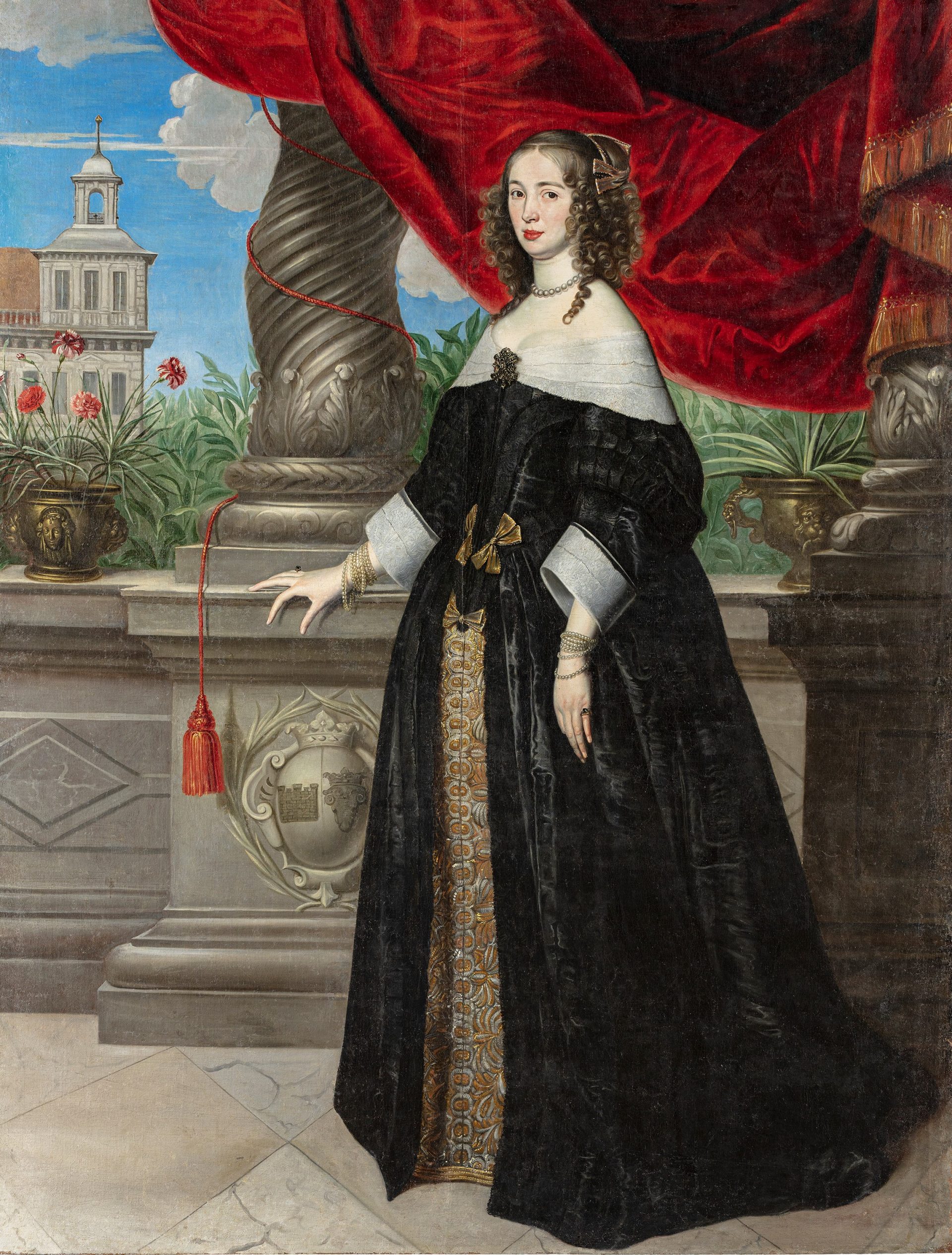
Anna Margareta’s life was marked by pregnancy and childbirth. The first child, Hannibal Gustavus, was born in Sarsted, where the army was located on 17 September 1641. On4 November the following year, daughter Margareta Juliana was born during the siege of Leipzig. The christening was held in Pleissenburg Castle. However, a few months later their son Hannibal Gustavus died at the age of only 18 months. Child mortality was high at that time. Only five of the couple’s eleven children reached adulthood.
After the 30 years war, Wrangel and his wife lived in Swedish Pomerania, where Wrangel owned a great deal of property. In 1648, Carl Gustaf was appointed by Queen Kristina as Governor General, and thus responsible for administration of the Pomeranian province and its military defence.
In 1653, Anna Margareta came to Sweden for the first time. Together with her husband, she was there to see the start of building of what was to become Skokloster Castle.
The large property ownership, building activities and life for a couple in the Wrangels’ position called for an organisation and a retinue of employees that could number 50-60 persons. The patriarchal system in place gave man and wife different roles and responsibilities. The wife of an aristocrat was to lead the work of the household, perform a number of tasks herself, keep accounts and act as a deputy when her husband was away.
For example, Anna Margareta took part in the purchasing of items from the continent. Among others, she was in contact with the merchant Peter Trotzig in Amsterdam in 1663. This was for the transport, delivery and payment of two exclusive carriages for the use of her son in law Nils Brahe and his wife. Also mentioned are 50,000–60,000 bricks that were bought and shipped to Stockholm, perhaps for the refurbishment of the Wrangel palace.
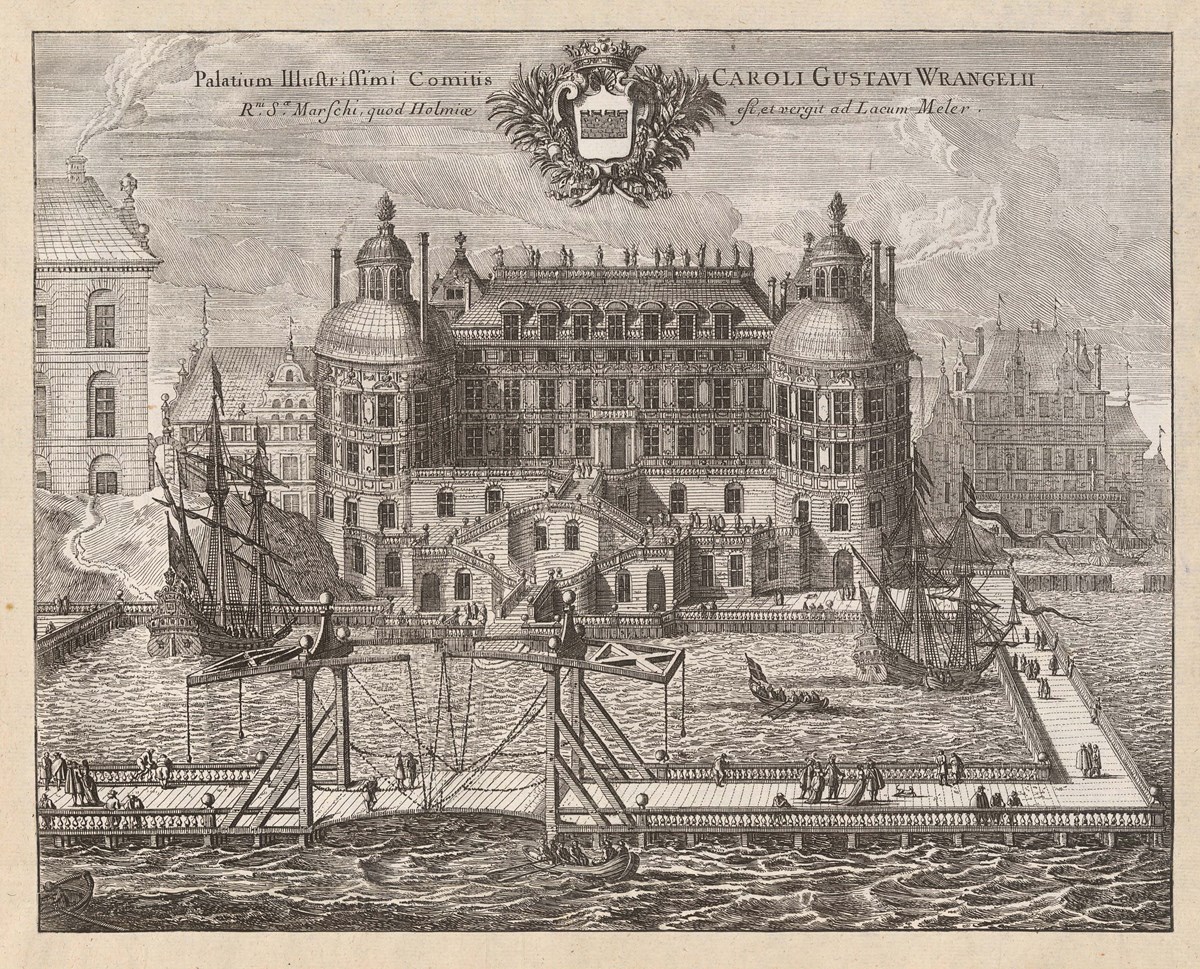
She received detailed reports about the properties in Germany and Sweden from accountants and administrators. There were accounts of the practical work on the properties, finances, staffing matters and transport, but also things that affected the count’s family or news.
Anna Margareta’s final years were marked by illness and on 20 March 1673 she died in Stockholm. Her death is also the last that Carl Gustaf Wrangel noted in the continuation sheet in his bible. On 11 May 1673, the bells of Riddarholm Church rang out, followed by the funeral ceremony. Anna Margareta was laid to rest in the Wrangel chapel at Skokloster Church, where her coffin can still be glimpsed from outside.
